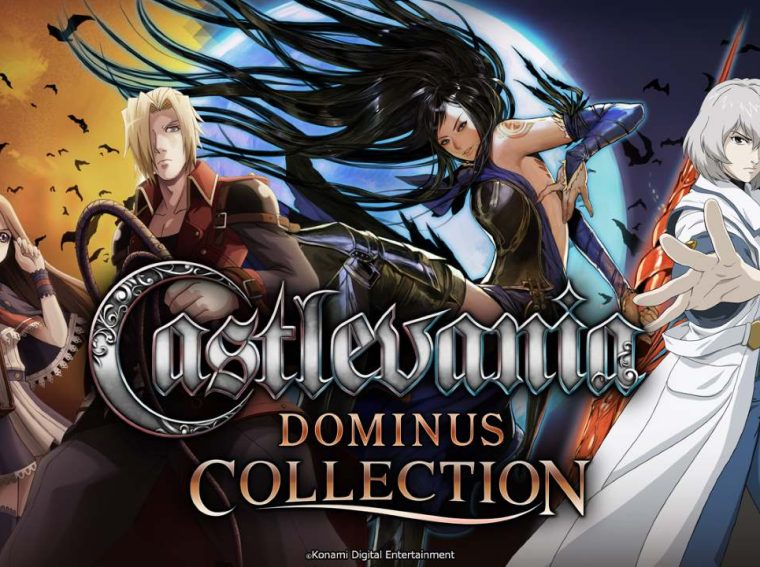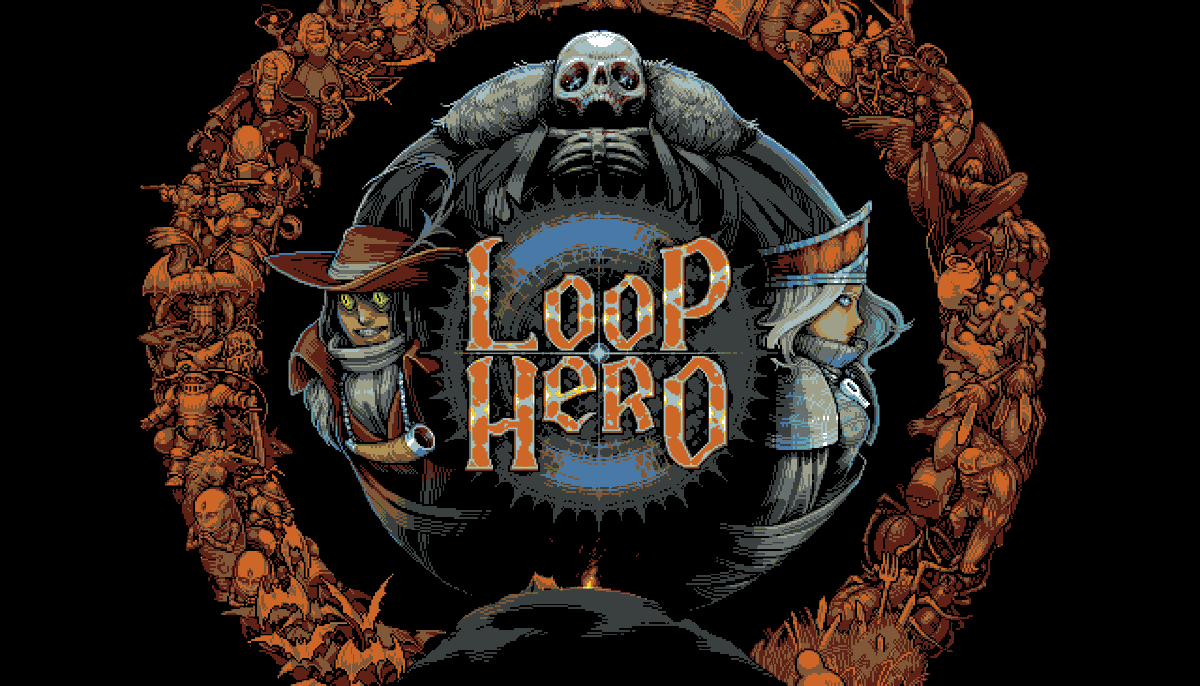Bleach Rebirth of Souls Review
Bleach Rebirth of Souls Review
Table of Contents
Bleach is a franchise that requires little introduction. This beloved manga-turned-anime has achieved immense success, earning a dedicated global fanbase and standing alongside Shonen Jump giants such as Dragon Ball, Naruto, and One Piece. With its captivating narrative, expansive world-building, unforgettable characters, and exhilarating action, Bleach continues to leave a lasting impact on anime enthusiasts.
Given its popularity, it is no surprise that numerous video games have been created based on the Bleach IP. In 2025, fans are introduced to a new installment, Bleach Rebirth of Souls. While some anime-inspired games, such as Dragon Ball FighterZ, have set the standard for well-crafted adaptations, others often fall short, prioritizing fanservice over gameplay depth, making them appealing primarily to dedicated followers.
Does Bleach: Rebirth of Souls rise to the occasion or merely settle for mediocrity?
To the Anime Battlefield
Bleach Rebirth of Souls adopts the arena fighter format, immersing players in fast-paced battles across expansive 3D environments. Players look to exchange in short-, mid-, and long-range attacks, maneuvering through large battlefields until a winner is crowned.
Given the hi-octane combat of anime franchises like Dragon Ball, Naruto, and Demon Slayer, an arena fighter is a natural fit for Bleach. Rebirth of Souls successfully captures the visual essence of the genre while introducing unique mechanics that set it apart.

The game features a diverse character roster from the Bleach universe, allowing players to fight in iconic locations such as Karakura Town, Soul Society, and Hueco Mundo. However, what makes combat distinctive is its Konpaku and Reishi system. Instead of traditional life bars, each fighter has a set number of Konpaku, and victory is achieved by reducing an opponent’s Reishi meter before unleashing a Kikon move, permanently eliminating Konpaku. The first player to erase all their opponent’s Konpaku wins the match.
While this system adds depth to battles, it may initially feel unfamiliar. The tutorial mode helps clarify mechanics, and once mastered, the Kikon move becomes an essential tool for securing victory. Strategic gameplay is important as players decide whether to launch an attack when the Reishi meter is in the red or fully deplete it for greater Konpaku destruction. The effectiveness of Kikon moves also depends on a fighter’s current state, a design choice that remains true to Bleach’s core themes.

Bleach: Rebirth of Souls differentiates itself from traditional Japanese sword-fighting narratives by introducing multiple tiers of power. The signature weapon of the Shinigami, the Zanpakuto, grants its wielder enhanced abilities through Shikai and Bankai, while the Arrancar possess a similar transformation known as Resurrección.
Players can activate these advanced forms in-game once a specific meter is filled, triggering a visual transformation that significantly boosts combat effectiveness. Additionally, these power-ups directly impact the number of Konpaku a fighter can destroy.
Outside the Shinigami and Arrancar factions, such as Ishida Uryu and Sado Yasutora, characters also feature Awakened forms, further escalating the intensity of battles. As fights progress, combatants grow stronger, unleashing increasingly devastating attacks. This mechanic ensures that matches evolve dynamically, reflecting the high-stakes battles seen in the Bleach universe.

Back in Style
Bleach Rebirth of Souls follows the standard arena fighter format, featuring universal commands across all characters, including quick attacks, guard breaks, counters, and signature moves. Each fighter can also execute their Kikon attack to eliminate an opponent’s Konpaku, reinforcing the game’s unique battle mechanics.

Despite these shared controls, Bleach Rebirth of Souls successfully differentiates its characters, ensuring each remains faithful to their Bleach counterpart. Ichigo Kurosaki boasts high speed and power, fitting for the series’ protagonist, while Ishida Uryu, as a Quincy, excels in ranged combat with his bow. Captain Mayuri Kurotsuchi incorporates poison into his attacks, while Captain Byakuya Kuchiki transitions from close-range to mid-range combat upon activating his Bankai, reflecting his Zanpakuto’s distinct abilities.
Visually, the game delivers a cinematic experience, with dynamic fight introductions, dazzling Awakening sequences, and fluid battle animations that capture the series’ essence. Including both Japanese and English voice-overs further enhances immersion, allowing players to hear their favorite characters unleash Shikai, Bankai, or Resurrección in their preferred language. Coupled with an epic and diverse soundtrack, the game’s audio design is one of its strongest elements.

However, while Rebirth of Souls shines in presentation, many of its gameplay features fail to meet expectations, leaving room for improvement in overall depth and mechanics.
Not a lot of soul
Bleach Rebirth of Souls features a simplified control scheme designed for accessibility, but its combat depth feels lacking. Victory often relies on repeating the same combos until a Kikon move can be executed. While flashy counters add some variety when timed correctly, their novelty fades over time.
Movement mechanics also contribute to the game’s shortcomings. Regardless of camera positioning, directional inputs remain fixed to the top and bottom buttons, leading to occasional disorientation during battles. This control setup can make navigation frustrating, especially in fast-paced encounters.

Like many anime-based fighters, Rebirth of Souls offers minimal story content, merely retelling the Bleach narrative from the beginning. While this could be an introduction for newcomers, the condensed storytelling relies heavily on monologues, diminishing engagement. The cutscenes and artwork, though visually striking, feel underutilized—limited movement within scenes makes them resemble static manga panels, reducing the impact of comedic and emotional moments compared to the anime and source material.

Another drawback is the limited narrative scope, as the game only covers up to a certain arc in the series. Fans expecting characters from the Thousand-Year Blood War arc may find their absence disappointing, though future DLC could potentially expand the roster. Rebirth of Souls does include unlockable scenarios that spotlight characters beyond the main cast, offering additional content for those eager to explore the broader Bleach universe.
Customization is present in the form of talismans and Soul Crystals, which provide gameplay perks. However, branching paths and win conditions in Story Mode remain relatively easy, making these upgrades optional rather than essential. Beyond the main campaign, players can engage in Offline and Online battle modes, competing against others for a fresh challenge. Urahara’s shop offers further personalization, allowing players to purchase titles and portraits using earned in-game points.

While Bleach: Rebirth of Souls captures the franchise’s essence in style, its gameplay depth and story content leave much to be desired. Fans may enjoy its nostalgic appeal, but it falls short of delivering a truly compelling fighting experience.
Verdict: Wait for it…

While Dragon Ball FighterZ proves that anime-based games can transcend mere fanservice, Bleach: Rebirth of Souls unfortunately leans heavily into that territory. Too much, in fact. It’s not a bad game, but it fails to stand out as a compelling fighter. Unless you’re a dedicated Bleach fan willing to pay full price, waiting for a significant discount might be the wiser choice.
As an arena fighter, Bleach Rebirth of Souls undeniably captures the series’ visual style and faithfulness. The game delivers stunning animations and cinematic sequences, making it a treat for fans. However, beyond its aesthetic appeal, it lacks depth and substance, offering little to elevate itself above other titles in the genre. Until a sale makes it a more reasonable investment, sticking to the Bleach anime and manga might be the better option.
*Bleach Rebirth of Souls was reviewed on a PS5 with a review code provided by the publisher.
Bleach Rebirth of Souls Review
Bleach Rebirth of Souls captures the visual style and faithfulness of the series, but beyond its aesthetic appeal, it lacks depth and substance.
PROS
- Amazing Visuals and Presentation
- Epic and Catchy Soundtrack
- Faithful Representation of the World and Characters of Bleach
CONS
- Shallow Combat and Confusing Movement Controls
- Extremely Condensed Narration of the Story
- Does not Include the Current Thousand Year Blood War Arc
- Underused Story Cutscenes




